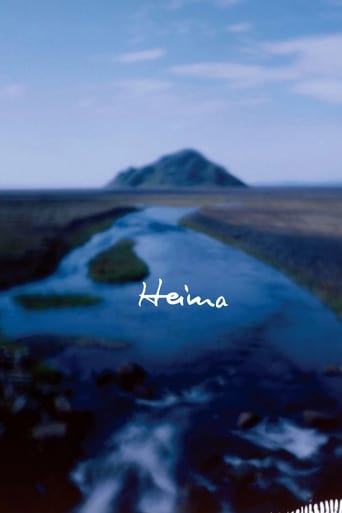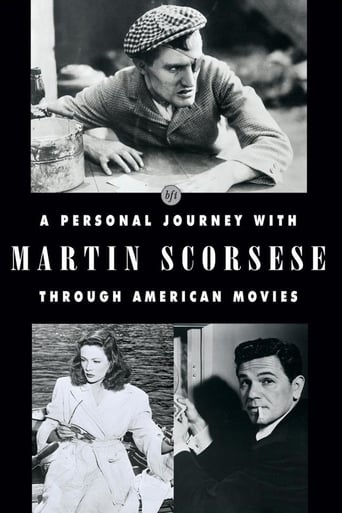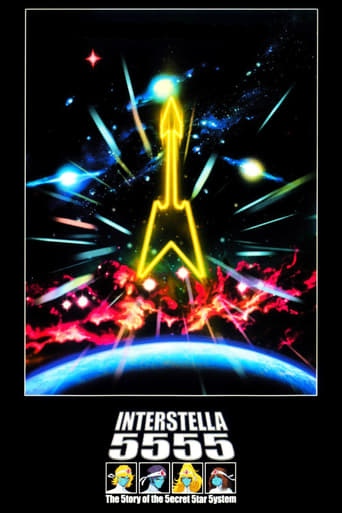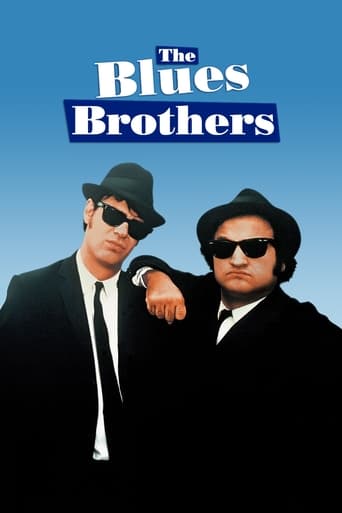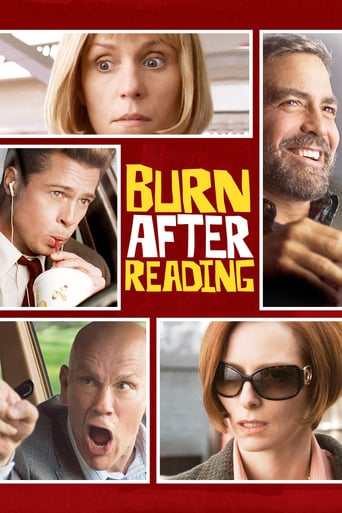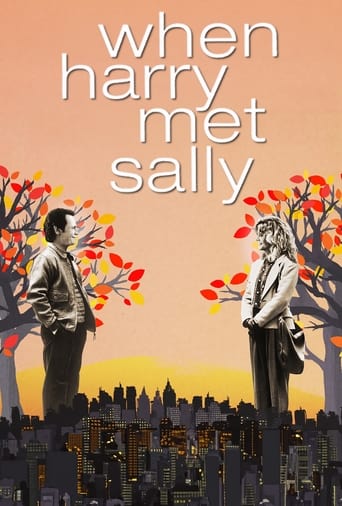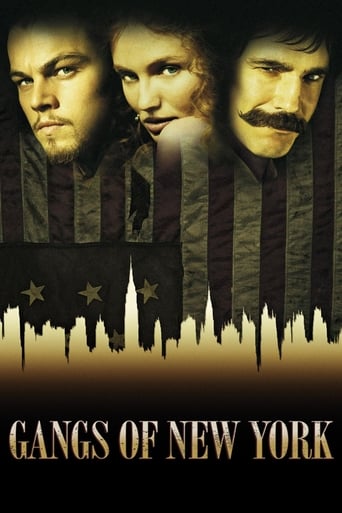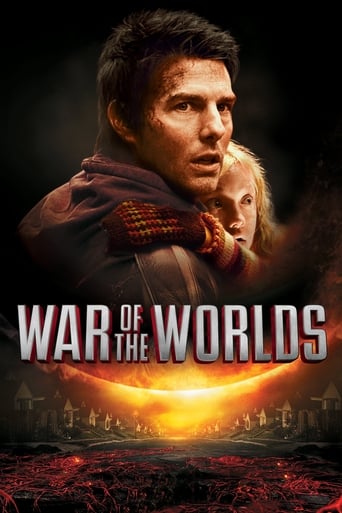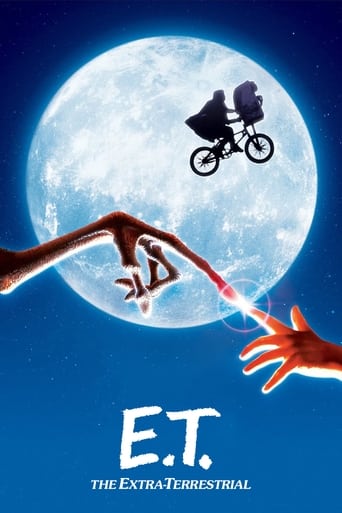


No Direction Home: Bob Dylan
A chronicle of Bob Dylan's strange evolution between 1961 and 1966 from folk singer to protest singer to "voice of a generation" to rock star.
-
- Cast:
- Bob Dylan , Allen Ginsberg , Joan Baez , Johnny Cash , Pete Seeger , Mavis Staples , Dave Van Ronk


Similar titles
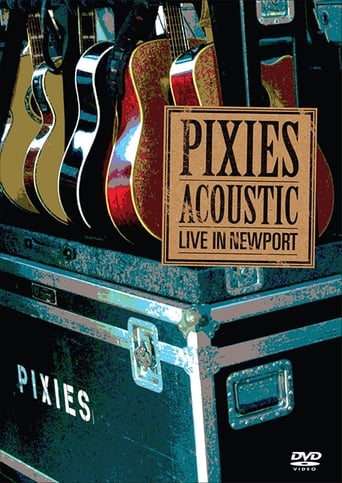
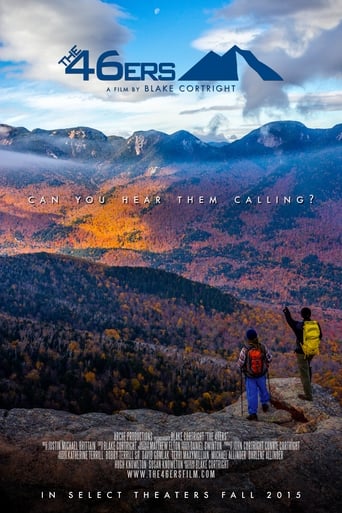


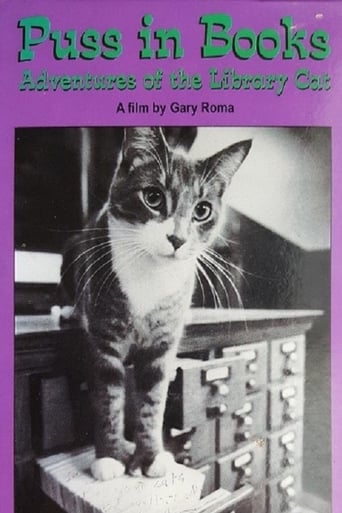
Reviews
You won't be disappointed!
Wonderful character development!
Highly Overrated But Still Good
After playing with our expectations, this turns out to be a very different sort of film.
I'm not the world's biggest Dylan fan, he's gone through too many artistic troughs for me, but when he's good ("Highway 61 Revisited", "Blood On The Tracks"), he's very good indeed but when he's bad - ("Nashville Skyline", most of "Desire" and "Time Out Of Mind" to pick some bigger targets) he's terrible.I get that his going electric was a big deal in rock history, possibly because it happened so suddenly and dramatically but whether it's more important than the Beatles going from a pop band to a rock band or the Stones from a blues band to a rock and roll band, I personally doubt. Still, I can't deny that from 1965 to 1966, he was on fire as he turned away from his folk roots to embrace rock and roll stardom and it's that latter part of this film that I enjoyed far more than the over-long first half purporting to trace his roots and early influences.All sorts of folk-luvvies queue up in part one to relate the fleeting time they spent with the man who would be king with too many back-up clips of be-sweatered individuals singing very strangely and earnestly and I couldn't really care less about any of them to be honest. Things heat up considerably when he decides to go electric although even if it was initially done half-heartedly as he recorded an album ("Bringing It All Back Home") and played concerts half acoustic and half electric before going the whole hog.I recognised much of the '65 / '66 footage from "Don't Look Back" and other clips from the unreleased "Eat The Document" film and they are terrific. The vitriol Dylan takes from his so-called fans (especially an episode where he's accosted in a car for an autograph by a moronic young English couple) and the ignorance of journalists who ask inane questions of him has to be seen to be believed.The real coup for Scorsese was in getting Dylan himself to speak to camera in extended interviews, although several of these are obviously edited. In his pieces to camera, Dylan can't help but occasionally play up to his mystical persona but mostly he's quite candid, natural and engaging. Back in the day of course, he looked fantastic, pencil thin and tousle-haired and some of his put-downs are superb as witness his fan encounters or those interminable press-gatherings. I would have liked a little more insight into just why he first pulled on his Strat (I always credited it to the Animals version of "House Of The Rising Sun"), but any explanation or reason is left vague. Scorsese makes the real centre point of the film the famous Manchester Free Trade Hall gig where he confronts the taunting, obviously way more than five, unbelievers in the crowd by exhorting the band / Band to "Play it f*#king loud!". I love it when a pair of vox-poppers reactions after a gig in Newcastle are captured on film - "I came expecting folk music and instead got a pop group" to which the reply was along the lines of "That wasn't a pop group you saw tonight!".I suppose the film for me was like his half and half acoustic / electric album or concerts of the time, in that I infinitely preferred the second, electric half to the first. True fans may have got more out of it than I did and while I would say that bar "Blood On The Tracks", he was never this vital again, it felt privileged to see an artist at the peak of his powers which he wasn't from 1962-1964, but certainly was from 1965 - 1966.
No Direction Home is a massive, two part, three and a half hour long documentary detailing Bob Dylan's early career in folk music and his transition into rock music between 1964 and 1966. The film is directed by Martin Scorsese, who has a large amount of experience directing documentaries about significant figures in popular music. Before No Direction Home, Scorsese directed The Last Waltz, a documentary about The Band's final concert together. Scorsese also directed a documentary about the Rolling Stones and the Beatle's George Harrison, Shine a light and George Harrison: Living in a Material World respectively. The documentary is composed of old footage of Bob Dylan in the early to mid 60s, most of which was filmed by documentary filmmaker D. A. Pennebaker, who directed a film about Bob Dylan called Don't Look Back, released in 1967, and had never been seen by the general public until No Direction Home's release in 2005. To go along with the rare footage from the 60s are interviews with Dylan, who has a reputation for being very private about his personal life. The film also includes interviews with performers who Dylan became close with upon his arrival to Greenwich Village in New York City, the heart of the folk revival in the 1960s.Part one of the documentary begins by giving a background into Dylan's life, beginning with his early years in Minnesota, then moving onto his arrival in New York,where his career as a folk singer began to take off. His significance as a folk songwriter is portrayed through accounts from other folk performers who were popular during the time like Dave Van Ronk, who claimed Dylan had been able to tap into the collective unconscious of America with his songs. It also includes interviews with other popular figures of the time, like Joan Baez, who was very close to Dylan. The second part of the documentary gives insight into the backlash Dylan received when he began to focus his songwriting on rock music rather than folk music. Many of Dylan's old fans believed he was a traitor and that he was selling out to popular taste to gain notoriety. Their resentment for Dylan's new style is depicted in old video recordings of some of Dylan's performances in 1965 and 1966, which shows people in the crowd booing. The documentary climaxes with the Newport Folk Festival in 1965, were Dylan performed for one of the first times with a band of musicians backing him. A few minutes into his performance, a large section of the crowd began to boo because they thought the music was too loud. The documentary ends showing one of Dylan's performances in England, where his transition to rock music was even more poorly received. One clip shows a member of the audience calling Dylan "Judas" during his concert at Free Trade Hall in Manchester. Old recordings of press conferences with Dylan show him burnt out and unhappy with the reactions to his new music and tour in England, with a clip of disgruntledly saying "I just want to go home".Overall, I think No Direction Home is a great documentary about one of the most important popular musicians. The target audience for this film are people who are interested in Bob Dylan's life, or anyone interested in the history of popular music in the early 1960s. I would recommend it to anyone though, as I think the film is so good even people who have never listened to Bob Dylan will find it interesting.
First of all I adore Bob Dylan and think he is the greatest songwriter of all time! Bob Dylan's simplicity is sheer perfection, nothing fake at all! Amazing his consistency to write great songs thru every decade. As well as I equally love his voice, his voice and music are the perfect marriage...all with no ego or a front as a star!However I did not like this film, it was boring as I was only interested in Bob Dylan and not the others sorry..I'm a focus person, so my focus is Bob Dylan and that's all I wanted to see. Yes I understand it's important to show one's influences but Scorsese failed to present it properly. Scorsese is a talented technical film maker but he lacks in the air and magic why he has been overlooked many times: ( However a couple of his films were perfect. He is so grand that the smallest imperfection shadows his grand talent... A bit of personal disappointment is that nearly every film maker and writer does not mention how Bob Dylan influenced Jimi Hendrix. This film mentions other's that covered his songs but no mention of Jimi Hendrix
This biography of Bob Dylan traces his life from leaving his home in Hibbing, Minnesota until his motorcycle accident in 1966 at the age of 25. I came away from this with a renewed appreciation for just what a phenomenon he is. I can't think of any other artist who has given us what he has. There are other folk singers and rock stars, but nothing like Dylan. If you think of a poet as someone who strings words together to produce powerful images and strong emotional reactions, then Dylan is your man. I admit that a lot of Dylan's songs don't make complete sense to me, but they fascinate and afford many interpretations, and just the flow of words is captivating. The first scene in Part 2 provides a great insight. Dylan is seen on the street reading two signs, one saying, "Animals & Birds bought or sold on commission," and the other, "We will collect clip bath & return your dog/ KN1 7727/ Cigarettes and Tobacco." Dylan takes these words and goes on a spontaneous riff for a minute making sentences from them. Clearly he is a man who delights in words and has a great facility with them. You can see from this clip how he can come up with his songs. Could anyone but a poet come up with lines like: "The morning breeze like a bugle blew/ Against the drums of dawn," and "The ocean wild like an organ played/ The seaweed's wove its strands." The film traces the roots of Dylan's early musical interests; it would have been interesting to see how early on he became facile with words.It is amazing how many inane questions Dylan was asked by a largely ignorant press. Questions like, "Why do you sing?" and "How do you explain your popularity?" It's no wonder he could get frustrated and annoyed. Clips from a current interview are interspersed throughout the film, so Scorcese was able to get more meaningful comments out of him than any of the questioners shown here.As any good artist Dylan keeps changing. When he went from acoustic guitar to electric with a backup band many people felt somehow betrayed, but he was just moving on. The variety of his output is quite amazing, from poignant songs like, "Lay Down Your Weary Tune," to biting social commentary like "Only a Pawn in the Game," to wistful love songs like "Girl From the North Country," and then all the classics that were the soundtrack for a generation. This film seems to imply that Dylan's career ended with his motorcycle accident, but far from it--he has continued to write and record, having released a new album as recently as 2006.Another topic of interest covered is the artist/businessman relationship. Most artists want to reach as large an audience that can appreciate them and this usually means that there must be agents, promoters, and investors in the picture. Dylan seems to have navigated this precarious situation successfully while still preserving his integrity. He was not above embellishing his background and you have to feel that he has to have some business sense to have wound up where he is. But he appears to come from that breed of artist whose main goal is to practice his craft rather than achieve fame.I found parts of the film not completely successful. The interviews with some lesser knowns as Paul Nelson and John Cohen were of questionable value to me--it was not clear just what role they played in Dylan's career. The interviews with Alan Ginsberg are interesting, but his importance might not be understood by one not of his generation. It was frustrating to have songs interrupted or cut short, but I suppose that was necessary in the interests of keeping this under four hours.Of course the archival footage of, and current interview with, Joan Baez are highlights. I had forgotten just what a pure voice she had, a voice that seemed almost too perfect to be of this world. There is some great archival footage of Johnny Cash, a great performance by Odetta, and fascinating clips of John Jacob Niles, Peter LaFarge, and the Clancy Brothers. Put Dylan's poetry to music together with his musical talent and distinctive voice and you have a complete package. Of course not everyone appreciates that package, but as Joan Baez said, "If you're interested, he goes way, way deep."This is an ambitious biography of a complex man and even at almost four hours one feels that much has been left off the table. The work of any artist must remain a mystery.

